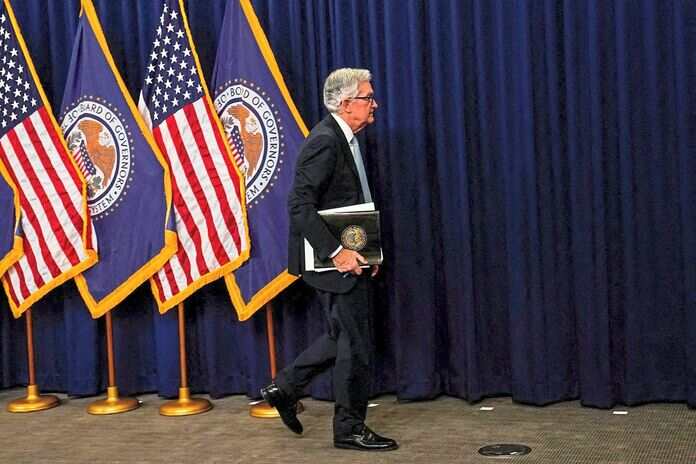As the Federal Open Market Committee (FOMC) commences its two-day policy meeting, market observers eagerly await cues on whether the Federal Reserve anticipates initiating interest rate cuts in the upcoming year. The prospect of rate reductions in 2024 is gaining traction, propelled by a significant drop in inflation from the previous year’s 42-year high. Market expectations hinge on the FOMC maintaining current interest rates during Wednesday’s session, marking the third consecutive meeting, and scrutinizing the Fed’s outlook for potential rate cuts.
Recent economic indicators in the United States paint a resilient picture. Following last Friday’s release of the monthly U.S. payroll report, which revealed a higher-than-expected increase in November payrolls and an unexpected drop in the unemployment rate to a four-month low of 3.7%, the Fed might refrain from signaling an assertive stance on rate cuts. Moreover, the latest U.S. Consumer Price Index (CPI) report disclosed that November’s CPI, excluding food and energy, still registered a year-on-year increase of +4.0%, doubling the Fed’s targeted inflation rate of 2.0%.
With the U.S. economy surpassing expectations, the likelihood of Fed interest rate cuts has diminished in the eyes of the market. Currently, markets are pricing in a 46% chance of a -25 basis points rate cut at the March 19-20, 2024, FOMC meeting, and an overall rate reduction of just over 100 basis points throughout 2024. This contrasts with earlier estimates this month, which suggested a 60% probability of a Fed rate cut commencing in March, with projections of around 125 basis points in total cuts for 2024.
Federal Reserve Chair Powell may convey a more conservative approach to interest rate cuts than what the markets have factored in. The 10-year Treasury note yield has experienced a decline exceeding -90 basis points in the past seven weeks, moving from a 16-year high of 5.019% in late October to a 3-1/4 month low last Thursday at 4.102%. Powell emphasized earlier this month that it would be “premature” to speculate on the timing of potential policy easing, leaving open the possibility of further rate hikes if necessary to curb inflation.
According to SMBC Nikko Securities America, historical data from the Fed’s past five credit-tightening cycles indicates an average interval of eight months from the last rate increase to the first rate cut. Applying this timing, the Fed’s initial rate cut could materialize in March, given the last rate hike occurred in July. The looming presidential election in November next year adds another layer of complexity, potentially influencing the Fed’s decision to cut rates earlier in the year to avoid perceptions of political bias. Nevertheless, not all analysts are convinced of an imminent rate cut, with Stifel Financial Corp cautioning that various headwinds and uncertainties in the inflation trajectory suggest the Fed cannot afford to ease its monetary stance too soon.
Featured Image: Freepik









